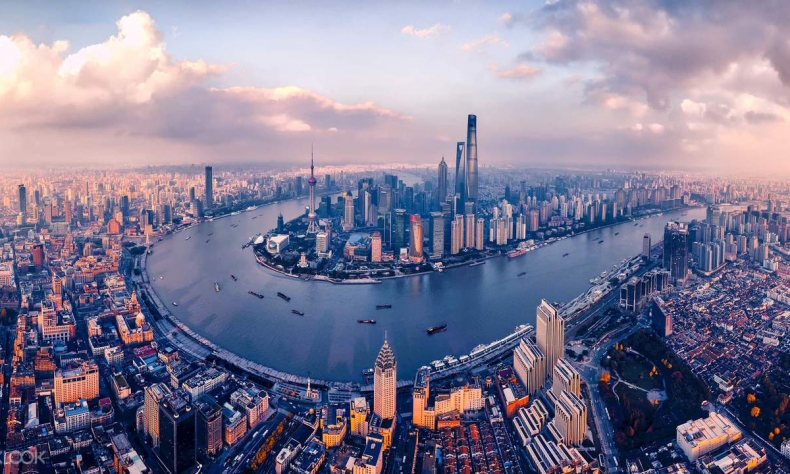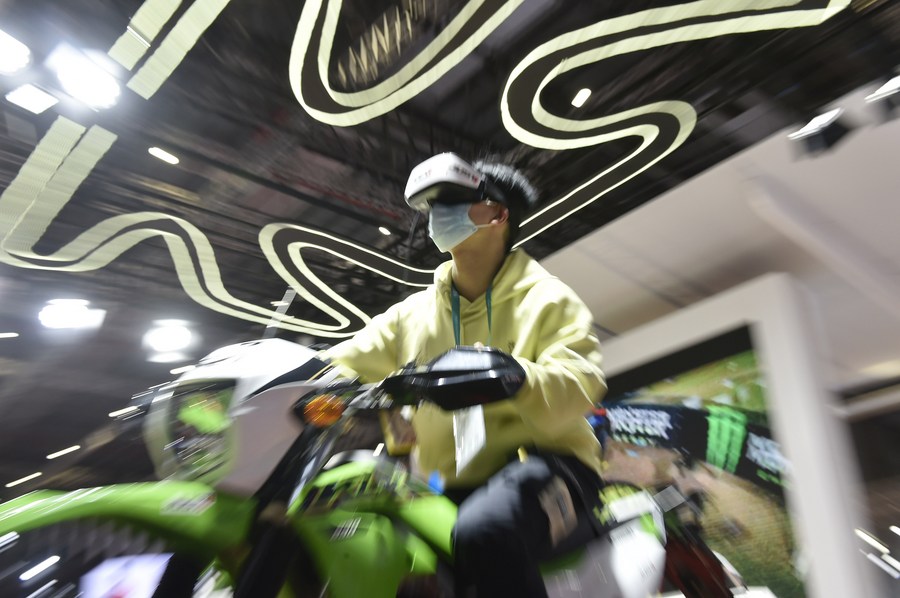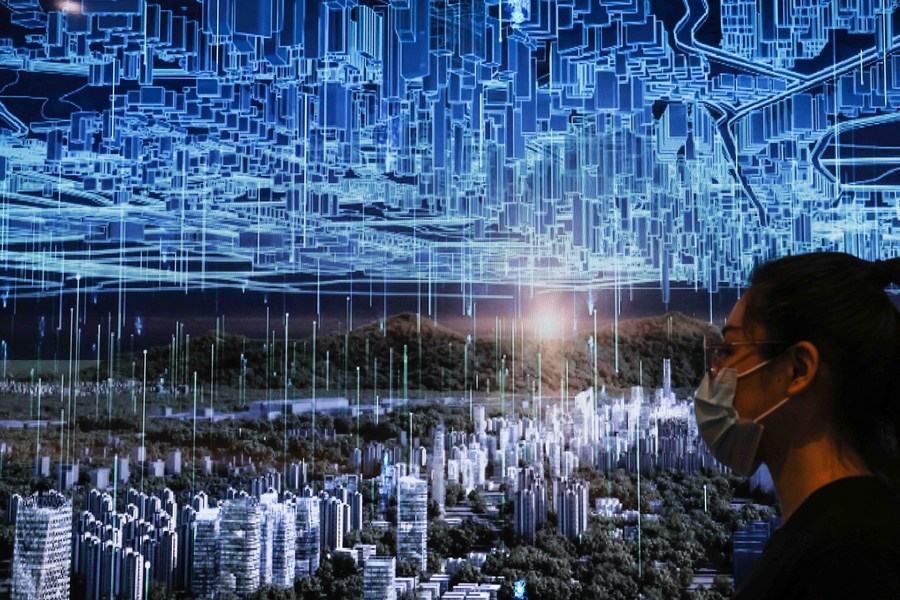Digital and Global Reach in the 21st Century

We need to pay attention to variation and the human ability to deal with it. This is a roadmap for synchronization of the U.S. and China interests and responsibilities to humanity.
Editor’s Note: Strategic Renaissance 21 (SR21) Chairman Bobby Ray Inman is a retired U.S. Navy Admiral, former NSA Director & CIA Deputy Director. In place of Bobby Ray Inman, Mr. Phil Midland, President of SR21 delivered the SR21 presentation to China’s Development Blueprint and Global Development Opportunities, Sub-forum of the 5th Hongqiao International Economic Forum and Parallel Symposium on Communication of Civilizations and Vitality of Innovation in November. The speech reflects the author’s opinions, and not necessarily the views of China Focus.
The construction of my thoughts presented today reflects and is very respectful to those given by SR21 Chairman Admiral Bobby Ray Inman to assembled students at the Central Party School in Beijing in 2013. His core point was and continues to be that the historical uniqueness of the relationship between the U.S. and China is that, really in history never before, have there been two global reach nations, that have different cultures and ideological basis, different political systems, but yet have incredibly intertwined economies. They have to find a way to synchronize for stability and the betterment of all.
With that in mind, let me now reflect briefly on the challenges to synchronization of the East and the West, within a Digital sphere that enables Global Reach in the 21st century.
When we reflect on the topic of technology, and the name of Joseph Needham was just brought up by the previous speaker, we see and must come to terms with the technology of the age – this is key. I think the quote here from Marshall McLuhan is very relevant to that as well. So, in our reflection of technology, especially digital technology and its effect on society and the global situation, today it is both advancing and challenging all of us. Twelve years ago, the study Roadmap to 2050 was published by the China National Academy of Sciences. I can say that it properly identified the challenge of the technological paradigm shift and evolving of a ubiquitous society that we face today. And what we see and are experiencing today has accelerated even beyond the imagination of the Roadmap to 2050.

Web 3.0 and METAVERSE is here. Some say Artificial General Intelligence (AGI) is just around the corner. We are used to communities and states, as we know them, ruled and run by people. And people set the rules and the community obeys the rules. The emergence of big data is taking a place amongst humanity almost equivalent to a religion itself, where people believe that data is true and obey the rules delivered from its insights. This has given birth to DAO – the decentralized autonomous organizations.
So let me just address the forming of these DAOs, which have already started to reveal themselves in some ways. Some are establishing sets of virtual assets sovereignty beyond the reach of government and international organization regulations, as we know them today. It’s a concept of machine software assuming digital management and governing the rules derived from consensus and data insights. The line is slowly blurred regarding how much is consensus or voting, and how much is influenced by data insights.
Here are just two DAOs to consider which have significant geo-political implications to governance as we know it: the Islamic DAO is an excellent example of all voting non-fungible tokens (NFT). Some of you may have heard the term NFT that have equal voting rights. The entity or person who can amass more voting rights or NFT may win. Quite democratic except when it’s being gamed. The DAO will execute the instruction, issue the certificate and deploy the money from its vault – a cyber vault. There is no need for human intervention. The issue is, how can one game this system? How can the system recover from being gamed? Hopefully, the designer has that built in. Another example of DAO, just to think through and consider is the EAEU DAO. It’s more of a collaborative monetary system. It can be called a decentralized finance – DeFi – where a basket of currencies is managed dynamically, automatically and occasionally intervened by the DAO voters. It will have a similar issue to that portrayed in the Islamic DAO.

These are examples of DAOs that for the purpose of our consideration today are more easily understood. But the proliferation and sophistication of DAOs are evolving, it is a concept called digital twins. Keep in mind that data is ‘fuel’ in this environment and world clusters of population have data that heretofore have not carried the weight of societal influence. The impact of data clusters is approaching in the coming several years, several years – we’re talking within this decade. The advantage of such global economic and socially active DAO is their easy adoption, running everything on the Internet, and hence the proliferation can be quick and the messaging is appealing.
The danger of such DAO is the design, which may not stand the test of time. They may be hacked and gamed, as we see in most crypto projects today. There is a new world map based on a reconfiguration going on right in front of us. Countries have their operating systems, interests, laws and regulations. Yet the DAOs go beyond these human established boundaries. Nevertheless, it’s an inevitable trend as we go digital. The trend is unstoppable now. Humanity and human development are taking a very unusual path when integrating with the machines that may establish an equal say.
There is a need for leaders of the great nations to rationalize, communicate and synchronize. We cannot rest on the pride of established development that we enjoy today. We need to pay attention to variation and the human ability to deal with it. This is a roadmap for synchronization of the U.S. and China interests and responsibilities to humanity.
I’ll just note and again say thanks to all assembled, and to the previous speakers who have mentioned leading theorists such as Samuel Huntington – I happen to have studied under Professor Huntington. So, I’m very sensitive to his approach and very honored that he was my leading professor at Harvard. But as you can see, I also quote Andrew Marshall. I’m not sure those of you that are aware of Andrew Marshall, who passed away just a couple of years ago, but Andy was what we call the creator of net assessment. So, what I’ve just presented to you is a fair comment to make that is a net assessment of going forward. And we truly hope that we can reach this U.S.-China synchronization for humanity.
 Facebook
Facebook
 Twitter
Twitter
 Linkedin
Linkedin
 Google +
Google +










